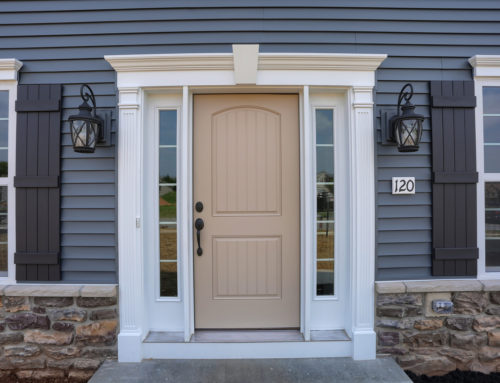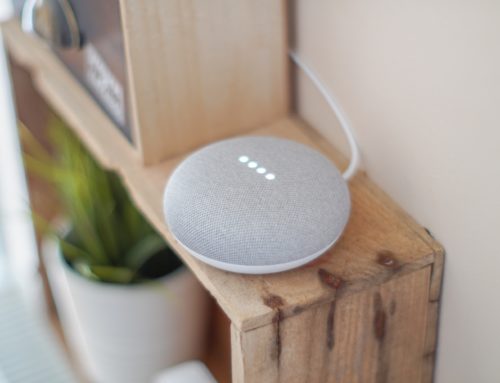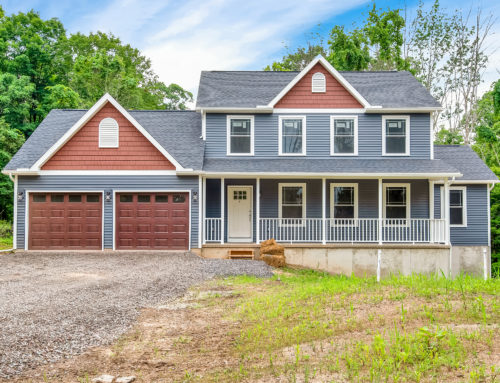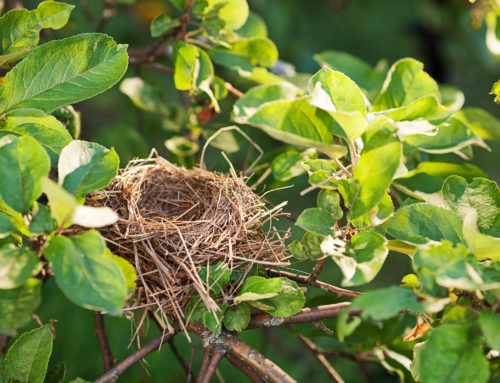If your home sits (or will sit) on a basement foundation, there is a great potential for finishing off some portion of that space as living space. But prior to dreaming about that space, first address the reality of moisture.
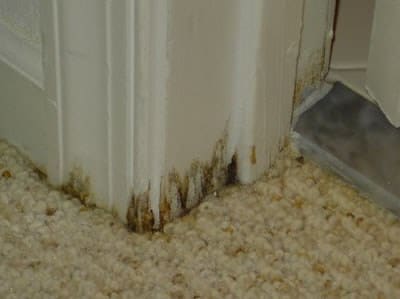
A wet concrete floor can wick water into walls and molding, promoting mold growth. Photo by Concrete Network
If yours is, or will be, a newly-built home, check to make sure specifications call for installing a moisture vapor barrier underneath your concrete basement floor. This is critical in minimizing moisture that would “wick” up through the porous concrete from the earth around your home. The second step for reducing potential moisture problems, which can be used for existing as well as new construction, is sealing the concrete basement slab from the top. Side benefits of sealing the basement slab include a cleaner appearance and easier cleaning. Realtors will tell you a sealed concrete basement floor is preferable to a raw concrete basement floor in terms of helping you sell your home. Additionally, both the moisture barrier beneath the slab and sealing the slab from the top help reduce the likelihood of radon gas seeping into your home through the basement floor.
Finally, being at least partially underground, basements are naturally cooler than above grade floors in hot weather. When that warm moist outside air comes into contact with the cooler basement air, condensation can happen. You may literally see water dripping off exposed pipes and joists. Air conditioners ARE dehumidifiers and if your central air conditioning system was designed properly, it should keep basement humidity levels in the recommended 30-60% range. However, you may find you need to run an additional dehumidifier if your central air system is not removing enough moisture from the air.
Next time: basement flooring material choices!




